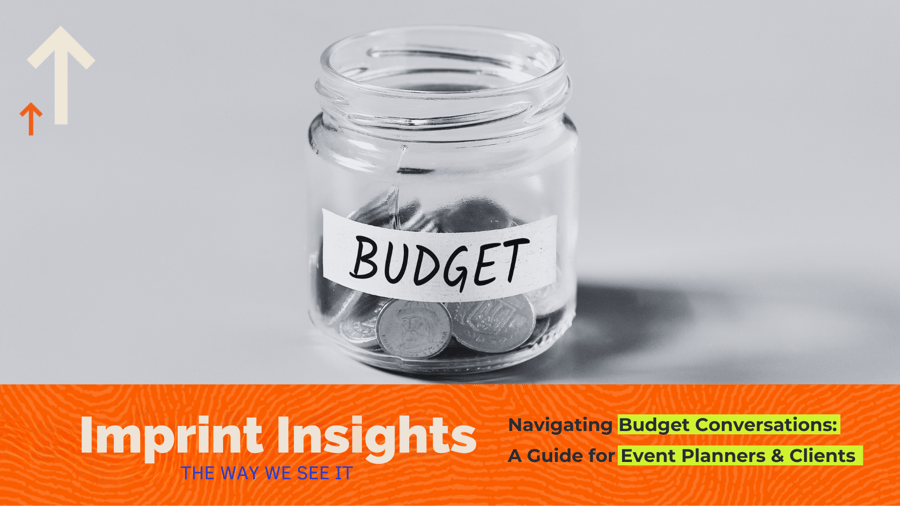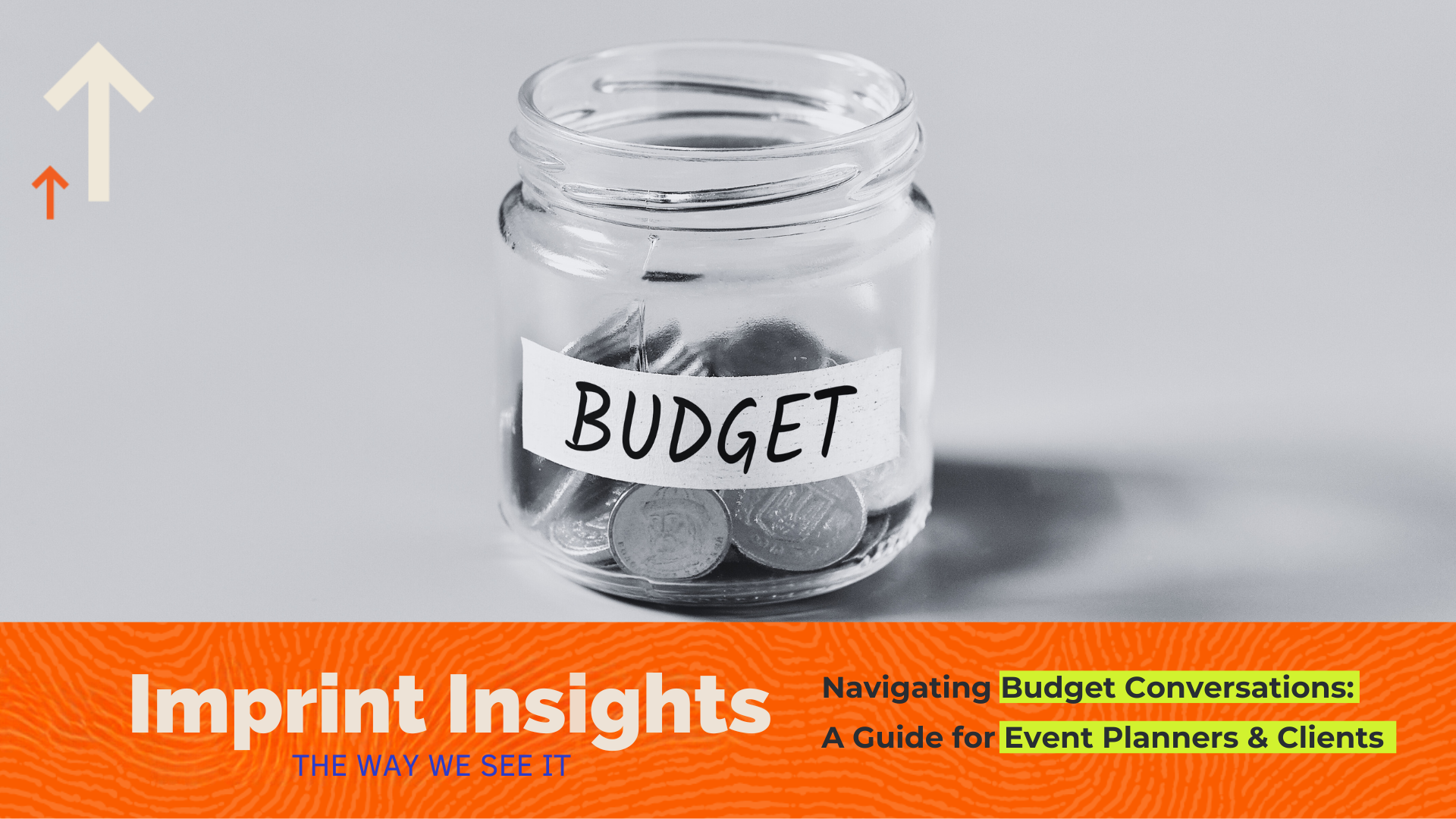Winning Pitch Strategies: How to Engage and Persuade Your Audience
Ahh, the pitch or elevator pitch or company message or sales messaging; whatever you call it, they can be as nerve-wracking as it is exhilarating. In our day to day – I don’t think we realize how often we are actually selling. Think about it: you want a raise, you’re convincing the committee they need to make some changes, and you’re actually selling your services or product – in the end, success hinges on how well you know your audience and how authentic you really are. I’ll dive in more below in this practical guide on crafting pitches – no matter the audience. Power of persuasion!
Know Your Audience
The golden rule of pitching is to know who you’re talking to. And I don’t necessarily mean how many kids or if they like dogs (I don’t want to downplay that, but I’ll get to that later). KNOW who they are in the workplace first. Are they a decision maker? Are they part of the team, but not really the one who calls the shots? Are they the loudest voice in the room? Are they silent but deadly (you got to look out for those )? Could they be an admin that got dumped on and now has extra responsibility because they are good at a piece of the whole? Ultimately – you want to tailor whatever it is your trying to get across to reflect the audience you’re in front of. Now, of course, that is just a high-level tactic – you could go even deeper to further understand WHO they are as people. Yes, this leans a bit into the personal, but I still like to weigh out their role, with their work and then the company. Chances are you can begin to summarize the actual humans you’re getting ready to pitch to. Typically this approach will increase the relevancy of your message.
Want to boost your impact – then lean into WHO YOU ARE. Yes, the real you. The one that laughs, cracks snarky jokes, compliments all who are in the room, knows everyone’s birthdays – whoever you are tap into that chemical and mix well. Chances are it will be the ingredient that brings the pitch to the next level.
Keep It Structured and Clear
A clear, concise, and personality-based pitch is more likely to be remembered. Organize your pitch into 4-5 sections: a compelling intro (which could very well lean into a pain point)—make sure to resonate with them—a strong explanation of the problem, your Beyond the Expected solution, all the ups, and a strong call to action.
Here’s how to break it down:
- Start Strong: Kick off with an intriguing question or a daring statement that draws them in.
- Highlight the Problem: Briefly outline a challenge you’re solving, making it relatable to your audience.
- Present Your Solution: Explain your solution and why it should resonate with them.
- Show the Benefits: Focus on how your solution makes an impact, really leaning into the value adds
- Wrap Up with a Call to Action: End with a clear step for both YOU and your audience. Not everything should fall on their shoulders, showcase that you also have next steps and are a partner
Use Visuals and Tell a Story
People resonate with stories and remember visuals. Personally, I like videos, but truthfully, it's awkward to all sit around and watch a video. However, the right images told by the right people will drive it home every time. Bring in the team. I love including our Creative team. That’s their role—creative, so who better to lean in and lure your audience into a creative world than that team? Always bring your big guns!
Practice Makes Perfect
So a spin on this is more BE PREPARED. For me personally, I don’t really rehearse, mainly because what if I rehearsed the wrong thing? I’m far better on my feet and off the cuff. However, for those who lean into something a bit more scripted, leave room for open-ended conversation so you can maneuver and adjust based on the direction of the pitch. Don’t rely so much on that script in case the “real world” creeps in and you’re caught off guard. Another great tactic for preparation is not to be afraid to ask those smarter or with different experiences questions. Currently, we’re pitching a procurement without ANY insight or information. So I hit up my procurement friends and asked how they would handle a meeting like this and what they would probably want or expect out of the agency. Heck, even use AI for prep, not just research, but use them as the audience and start bouncing questions off of it.
Be Ready for Objections
When you lean into who your audience is, handling objections is easier. I will say in this space; I usually let go of all assumptions, presumptions, and all the other “things.” Be open-minded and understand your value. You’re your differentiator. Try not to focus so much on the outcome you’re trying to achieve that you lose sight of the journey. I’ve seen too many times where a team goes in with an “expected outcome” and when the objections start pouring, it shakes them. Instead, stop, listen, and ask a SHIT ton of questions. Make sure they’re open-ended so the audience is not only engaged but, in a lot of ways, help you answer their objections.
The most effective pitches are connecting with your audience. Be flexible and confident, and REMEMBER the journey. Sure come prepared, and ready to rock – but ALSO, be ok with throwing your pitch deck out the window and maybe just have conversations. Let your audience help drive the pitch direction. Yes, you’re there for a reason, but it's THEIR reason, not yours. Don’t ever forget that. It's about them, NOT you! Yes, you’re the solution; yes, you’re the “easy button; yes, you are innovative & creative – THEY KNOW THAT; otherwise, you wouldn’t have been offered the chance to pitch. So if that’s the case, then what’s left – THEM! Always them. Stay focused, remember who you’re talking to, and BE YOURSELF! Enjoy the ride!
Relevant posts
Subscribe to Our Blog
Related Posts
.png?width=900&name=Strategic%20Event%20Planning%20Why%20Clients%20Now%20Demand%20Purposeful%20Experiences%20(3).png)
Crafting Unforgettable Experiences in Aspen

Reflecting on 2023: A Year of Transformative Events and Thoughtful Spending




.png)